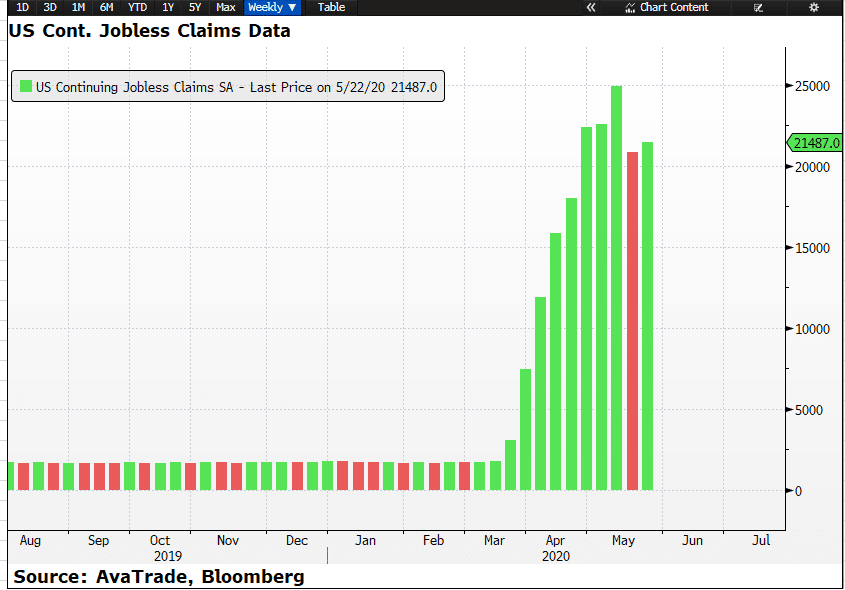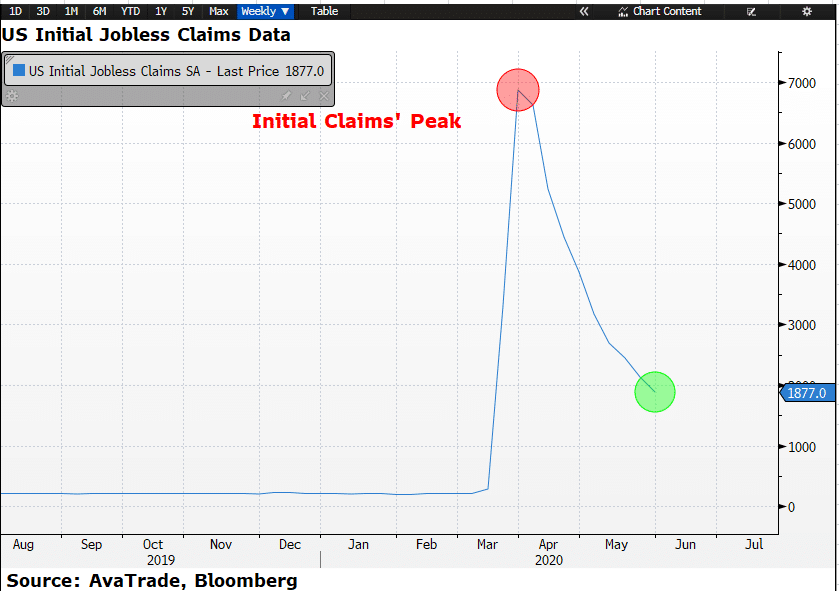Americans are hoping that they will continue to receive $2,000 a month from the government. Andrew Yang and Kamala Harris have renewed calls for Americans to get a $2000 a month stimulus check. The hopes of this becoming a reality hinge on the health of the US economy and its labour market.
Last month, the reported unemployment rate in the U.S. was 14.7% against the forecast of 16.0%. Another update with a fresh reading of the U.S. unemployment rate is due tomorrow, and it’s expected to surge to a whopping 19.0%.
If the number proves as ugly as the expectations, fiscal and monetary policy will have no other choice but to continue to do the heavy lifting. This may increase the chances of Americans getting at least a few more rounds of stimulus checks. However, it isn’t that simple and here is what you need to know.
StimulusChecks and Proposals
So far, there have been several proposals in favour of keeping the stimulus checks going. As always, some of them are on the extreme ends.
Andrew Yang, a former presidential candidate, proposed $1,000 a month—forever, nothing short of a fairy tale.
There is also the Monthly Economic Crisis Support Act sponsored by Senator Bernie Sanders along with Senators Ed Markey and Kamala Harris, a potential running candidate for Joe Biden. The act promises $2,000 a month to anyone who earns up to $120,000. This includes every U.S. resident regardless of their tax filing status.
Then you also have individuals like Mark Cuban who have shared their option of $1,000 every two weeks. But these proposals are going to remain under a challenge by Senate Republicans who have opposed the monthly stimulus plans, including the Heroes Act in its current form.
InitialJobless Numbers Do Not Favour Stimulus Check
As I mentioned earlier, the only yardstick against which to measure the possibility that these stimulus packages can become reality or that Senate Republicans can break out of their party’s consensus is really the U.S. jobs market.
The US weekly unemployment numbers continue to show that the worst could be in the past. Even the recent data shows a much better performance than the week before.
The data came in at 1877K against the previous reading of 2126K while missing the forecast of 1820K. The chart below shows the drop in the U.S. weekly initial jobless claims and this suppresses the chances of stimulus checks continuing as the labour market shows improvement.

WhyAmericans Are Likely to Receive Stimulus Checks?
However, this is also not the full picture, and now we need to look at the continuous jobless claims data, a number that is likely to be a much bigger headache. These figures provide more information about the actual state of the labour market and confirm that the US economy is in a mess.
The continuous jobless claims data is still near its COVID-19 peak and this week’s number shows that continuous claims have inched higher once again. This increases the odds for stimulus checks to keep coming and puts more pressure on policymakers. Therefore, it is likely Americans may see more stimulus checks in the coming months. The chart below shows the US continuous jobless claim.
